What Is a Microscope?
A microscope is an instrument designed to magnify small objects, making them visible and allowing for detailed examination. The basic function of a microscope is to provide an enlarged image of a specimen, which can be examined for scientific or practical purposes.
There are several key components in most microscopes:
- Eyepiece (Ocular Lens): The lens that you look through, usually magnifying the image further.
- Objective Lens: The primary magnifying lens that is closest to the specimen.
- Stage: The platform where the specimen is placed.
- Light Source: Illuminates the specimen for clearer viewing.
- Focus Mechanism: Allows for fine and coarse adjustments to bring the specimen into sharp focus.
Types of Microscopes
1. Optical (Light) Microscopes
Optical microscopes use visible light to illuminate the specimen and are the most common type of microscope.
They can be further divided into several subtypes:
- Brightfield Microscopes: The simplest form, where light passes directly through the specimen. Suitable for stained or naturally pigmented samples.
- Darkfield Microscopes: Enhance contrast in unstained samples by using a special condenser to scatter light.
- Phase Contrast Microscopes: Convert phase shifts in light passing through a transparent specimen into brightness changes, ideal for observing live cells.
- Differential Interference Contrast (DIC) Microscopes: Use polarized light to produce high-contrast, pseudo-3D images of transparent specimens.
- Fluorescence Microscopes: Use high-intensity light to excite fluorophores in the sample, which then emit light at a longer wavelength.
2. Electron Microscopes
Electron microscopes use beams of electrons instead of light to achieve much higher magnifications, revealing fine structural details of specimens.
- Transmission Electron Microscopes (TEM): Electrons pass through the specimen, providing detailed internal images.
- Scanning Electron Microscopes (SEM): Electrons scan the surface of the specimen, creating detailed 3D images of the exterior.
3. Confocal Microscopes
Confocal microscopes use laser light to scan the specimen and create high-resolution, optically sectioned images, which can be reconstructed into three-dimensional models.
4. Polarized Light Microscopes
Polarized light microscopes use polarized light to examine birefringent materials, such as crystals and fibers, providing enhanced contrast and revealing structural details.
The Study of Microscopy
Microscopy is the science of using microscopes to view samples and objects that cannot be seen with the unaided eye. It encompasses various techniques and methods for preparing, examining, and interpreting microscopic specimens. The study of microscopy is essential in many scientific disciplines, including biology, materials science, forensic science, and nanotechnology.
Applications of Microscopy
- Biology: Studying cells, tissues, and microorganisms to understand their structure, function, and behavior.
- Materials Science: Analyzing the composition and properties of materials at the microscopic level to develop new materials and improve existing ones.
- Forensic Science: Examining trace evidence, such as fibers, hairs, and residues, to aid in criminal investigations.
- Nanotechnology: Investigating nanoscale structures and phenomena to advance technology and create new devices.
Getting Started with Microscopy
For those new to microscopy, it's important to understand the basics of operating a microscope and preparing specimens.
Here are a few tips to get started:
- Learn the Parts of Your Microscope: Familiarize yourself with the components and functions of your microscope.
- Prepare Your Specimen: Properly prepare and mount your specimen on a slide for clear viewing.
- Adjust the Light Source: Ensure your specimen is well-illuminated by adjusting the light source and condenser.
- Focus Carefully: Use the coarse and fine focus knobs to bring your specimen into sharp view.
- Explore Different Techniques: Experiment with different microscopy techniques to discover which works best for your samples.
Microscopes and the study of microscopy have opened up new worlds of discovery, enabling scientists and researchers to explore the microscopic universe. Whether you're a student, a professional, or a hobbyist, understanding how to use a microscope and the various techniques available can provide invaluable insights into the hidden details of our world. Embrace the fascinating study of microscopy and unlock the secrets of the microscopic realm.
Microscopes come in a broad price range, with entry-level models making this fascinating field accessible to everyone. Whether you're looking to experiment with a microscope for fun, pursue it as a hobby, or use it for professional purposes, there are numerous affordable options available. At Micro-Optics, you'll find a vast selection of microscopes and a wealth of information to help you get started on your microscopy journey.






Recent post